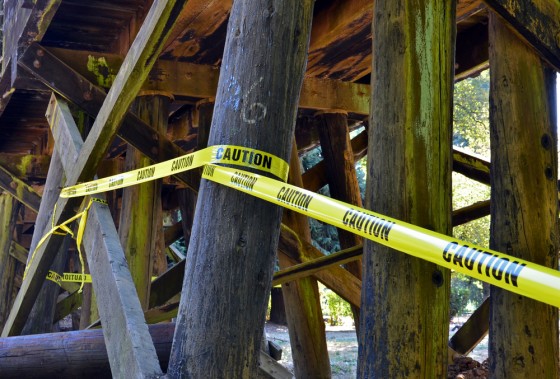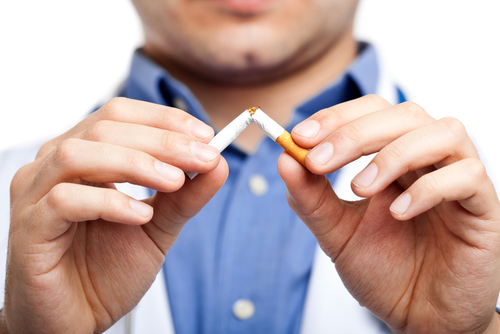The recent collapse of an Interstate 75 overpass in Cincinnati, killing a worker and injuring a truck driver, is yet another reminder of the plight of America’s infrastructure, which is estimated to require billions of dollars to bring up to 2015 standards.
The bridge that collapsed had been replaced and was being torn down as part of an extended project to increase capacity on a congested, accident-prone section of the interstate, according to the Associated Press.
President Obama, speaking today in Saint Paul, Minnesota, outlined several proposals, including launching a competition for $600 million in competitive transportation funding and investing in America’s infrastructure with a $302 billion, four-year surface transportation reauthorization proposal, according to a press release from the White House. Obama also plans to “put more Americans back to work repairing and modernizing our roads, bridges, railways, and transit systems, and will also work with Congress to act to ensure critical transportation programs continue to be funded and do not expire later this year.”
More and more, states are finding ways to fund infrastructure repair. New York Gov. Andrew Cuomo, for example, in his State of the State address, proposed $3 billion in loans and grants for infrastructure upgrades, including $1.3 billion for the Thruway and the new Tappan Zee Bridge, which is under construction. The money, he said, would come from a a $5.4 billion windfall from bank settlements.
A report by the American Society of Civil Engineers (ASCE), “Failure to Act: The Impact of Current Infrastructure Investment on American’s Economic Future,” found that the cascading impact of putting off repairs affects the entire economy. The report concluded that, between 2013 and 2020, there will be an investment gap of about $846 billion in surface transportation.
At risk are a number of bridges and overpasses. According to Risk Management magazine:
“Right now, 11% of our bridges across the country are rated structurally deficient and another 13% are considered functionally obsolete,” Andrew W. Herrmann, 2012 president of the American Society of Civil Engineers (ASCE) and principal with Hardesty & Hanover LLP, an infrastructure engineering firm. “This means they were designed to an older standard, so they may not have the same lane widths or turning radius or may have been designed to carry lesser loads.”
Deterioration of the nation’s infrastructure jeopardizes public safety, threatens quality of life, and drains the U.S. economy. “If they have to start closing down, restricting or putting mileage postings on bridges, the economy will be affected,” said Herrmann, who served on the advisory council for the 2003, 2005 and 2013 report cards and chaired the council for the 2009 edition.
“Bridges are the most pressing need in the infrastructure overall. You can have all the roads and highways you want, but if you don’t have the bridges to cross the rivers and intersections, it slows everything down.”
He observed that, from a bridge engineer’s perspective, investments need to be made to keep bridges in good repair. The Federal Highway Administration (FHWA) estimates that it needs $20.5 billion annually to eliminate the nation’s backlog of bridge repairs by 2028, but only $12.8 billion has been budgeted. The challenge, then, for federal, state and local governments is to increase investments in bridges by $8 billion annually.




